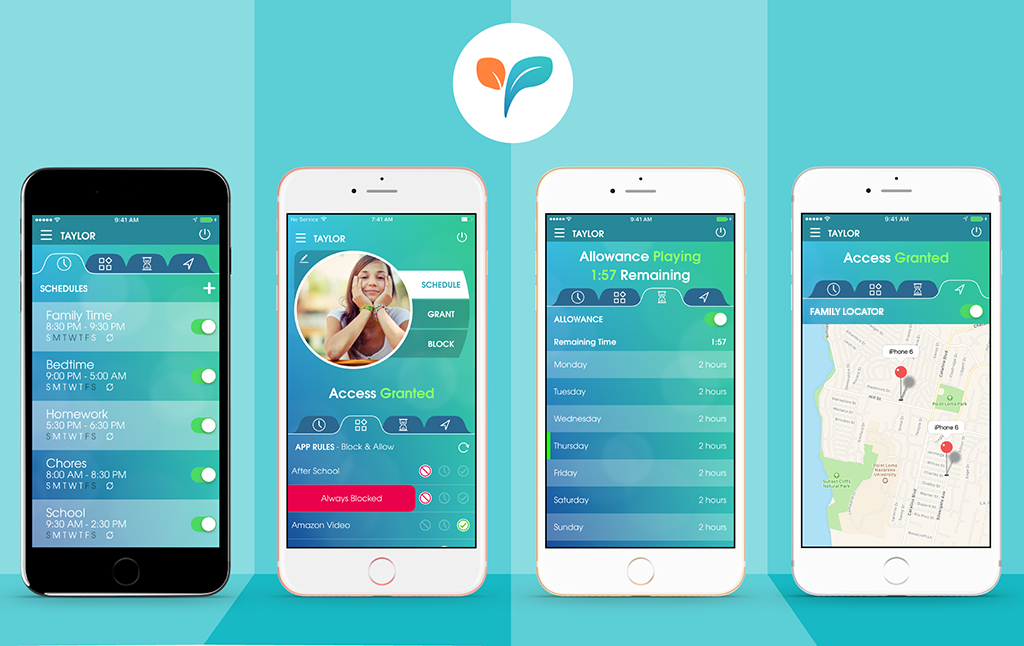
- #Utilmind appcontrols how to
- #Utilmind appcontrols install
- #Utilmind appcontrols pro
- #Utilmind appcontrols Pc
- #Utilmind appcontrols windows 7
#Utilmind appcontrols Pc
If it is installed on your PC the AppControls application will be found automatically. Scroll the list of applications until you locate AppControls or simply activate the Search field and type in "AppControls". A list of the applications existing on your computer will be made available to you 6.
#Utilmind appcontrols pro
Advanced Uninstaller PRO is a very useful system utility. Take some time to get familiar with the program's interface and number of features available. download the setup by clicking on the green DOWNLOAD NOW buttonĢ.This is good because Advanced Uninstaller PRO is an efficient uninstaller and all around utility to optimize your Windows PC.
#Utilmind appcontrols install
If you don't have Advanced Uninstaller PRO on your Windows system, install it. The best QUICK action to uninstall AppControls is to use Advanced Uninstaller PRO. Sometimes this is efortful because removing this by hand takes some know-how regarding removing Windows programs manually.
#Utilmind appcontrols how to
How to remove AppControls from your computer using Advanced Uninstaller PROĪppControls is a program marketed by the software company Utilmind Solutions. Sometimes, users want to uninstall it. The current web page applies to AppControls version 3.9 alone.


AppControls installs the following the executables on your PC, occupying about 328.24 KB ( 336118 bytes) on disk. Note that you might get a notification for admin rights. CloseApp.exe is the AppControls's primary executable file and it occupies circa 8.50 KB (8704 bytes) on disk. Keep in mind that this path can differ depending on the user's choice. You can remove AppControls by clicking on the Start menu of Windows and pasting the command line "C:\Program Files (x86)\Utilmind Solutions\AppControls\Uninstall.exe" "C:\Program Files (x86)\Utilmind Solutions\AppControls\install.log" -u. The program is frequently located in the C:\Program Files (x86)\Utilmind Solutions\AppControls directory.
#Utilmind appcontrols windows 7
Provides reference information about programming elements that apply to multiple controls, not just to a specific control.ĭescribes Control Spy, a tool that helps developers understand common controls.ĭescribes how the appearance of controls can change depending on the visual style chosen by the user.ĭiscusses the format of Theme (.theme) files used in Windows 7 and Windows Vista.A way to uninstall AppControls from your PCYou can find on this page detailed information on how to uninstall AppControls for Windows. It was coded for Windows by Utilmind Solutions. Check out here where you can get more info on Utilmind Solutions. More info about the app AppControls can be found at. Provides overviews and reference information about each control supported by User32.dll and Comctl32.dll. Provides information about security considerations related to the Windows controls. Security Considerations: Microsoft Windows Controls Provides general information that is common to all controls that are supported by Comctl32.dll.Įxplains how Windows messages are used to communicate with controls.ĭescribes various ways of creating custom controls.ĭescribes a way to customize a control by changing its features or adding new ones.ĭescribes a service, provided by some controls, that applications can use to customize various aspects of the control's appearance. For more information, see Common Control Versions. Support for controls is provided by User32.dll and Comctl32.dll.

In general, developers need a moderate level of understanding about UI programming concepts, Windows API programming, and Unicode. Developer audienceĬontrols are designed for use by C/C++ developers and UI designers. This documentation describes the controls provided by Windows and the programming elements used to create and manipulate them.įor a list of all Windows controls, including a link to comprehensive overview and reference information for each control, see Control Library. Controls in other windows provide a variety of services, such as letting the user choose commands, view status, and view and edit text.

Controls within dialog boxes provide the user with a way to type text, choose options, and initiate actions. Controls are most often used within dialog boxes, but they can also be used in other windows. A control is a child window that an application uses in conjunction with another window to enable user interaction.


 0 kommentar(er)
0 kommentar(er)
